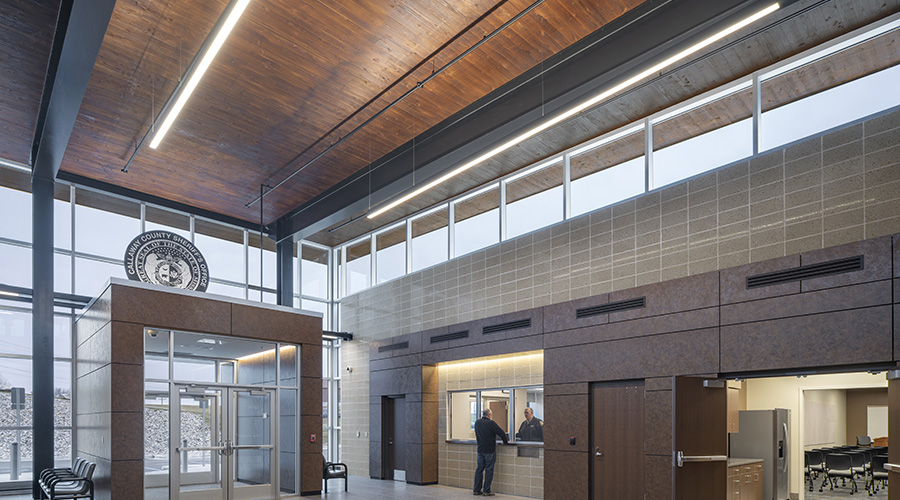Access Control Records Aid in Solving Yale Murder Case
An example of the benefit of occupancy assurance can be derived from the response to the recent murder of Yale University pharmacology graduate student Annie Le in an on-campus laboratory facility. This tragic incident attracted national attention, and fear spread throughout the campus while the murder was under investigation. Fortunately the investigation was completed quickly and the suspected murderer was taken into custody within days of the murder.
In this case, electronic security systems significantly aided the investigation. Based on access control records and CCTV camera images, Yale University personnel were able to confirm that Le entered the lab facility on the day of her disappearance. There was also no evidence that she had departed the facility. They were also able to determine that suspected killer Raymond Clark entered the facility on the day of her disappearance and that he had accessed the lab where her body was found. The quick apprehension of the suspect instilled confidence in the community and allowed the campus to return to normal operations, without fear that a potential killer was on the loose.
Now imagine if the Yale security systems had not been in place. Campus officials would not have known the last location of the victim. It would have been difficult to locate her body and to identify her killer. A long investigation could have resulted in widespread fear and panic among students, faculty and staff, tarnishing the reputation of and confidence in the university, its leadership and its police department. The result could have been millions of dollars spent on knee-jerk reactions, short-term fixes and lawsuits.
Our national culture and the culture of specific organizations require openness and free access in many environments. The concept of occupancy assurance exists to ensure these environments are as safe and secure as possible. Recent examples of egregious criminal acts that have been conducted in open environments have captured the world's attention, and illustrate how important it is to know who is in a facility and on a property.
The ability to solve these cases and bring perpetrators to justice swiftly is critical to restoring a productive environment where people feel safe and secure. This balance of security and openness can be achieved through careful planning, thoughtful consideration of end-user needs and the proper deployment of security resources.

Daniel O'Neill is president of Applied Risk Management (ARM), a security consulting firm based in Boston.
Related Topics:














